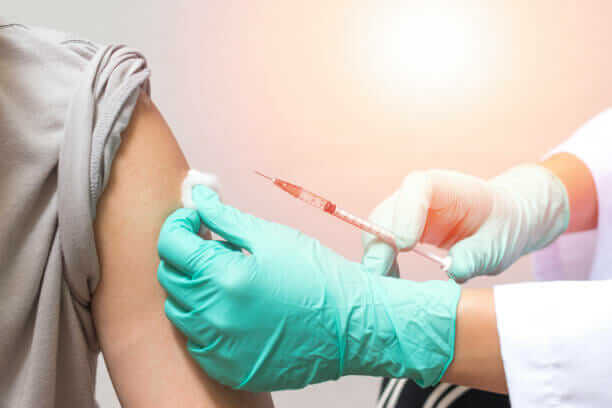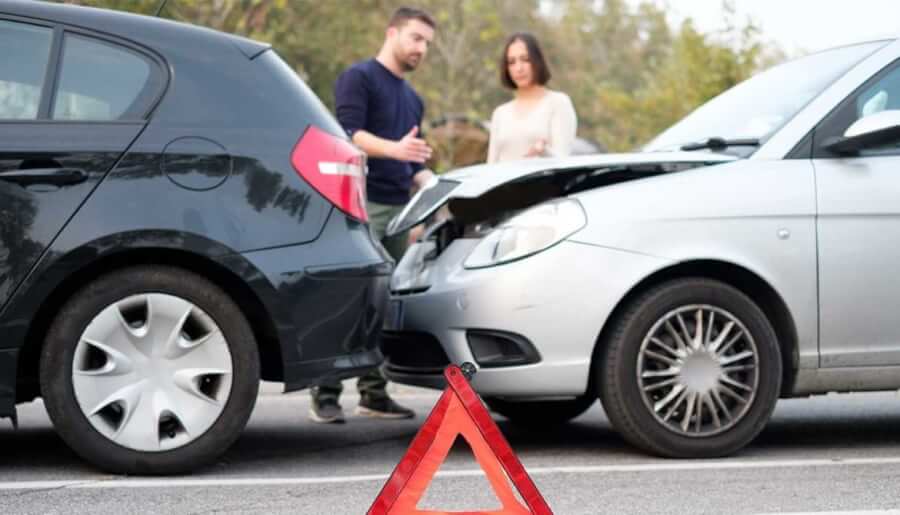A typical cyst is filled with fluid, air, and other materials. Sacs that develop in the skin are known as cysts. Several types of cysts may develop, the causes of which include:
- Swollen hair follicles
- Blockages in ducts
- Infection
Though typically harmless, you should always contact a medical practitioner to be sure. Today, we discuss how cysts are generally removed and why a skilled doctor should perform the procedure. It may be difficult for a commoner to identify a cyst versus a skin abscess or a boil. This is why it is critical to have a doctor physically examine and identify a cyst.
Some cysts are such that it is not necessary to remove them. It can be treated in another way. The doctor treating it may recommend other types of treatment depending on the location and the type of the cyst.
However the doctor may recommend surgical extraction when a cyst needs to be. Surgery is an option for dermoid, bakers, and ganglion cysts. It is a simple procedure where a local anesthetic is used to numb the area, after which a small incision is made, through which the doctor pulls out the cyst.
This surgical procedure almost always results in a scar, depending on various factors, most notably the size of the cyst and hence the size of the incision.
Other methods of cyst removal include drainage, fine needle aspiration, and laparoscopy.
- Aftercare
The doctor provides care instructions after cyst removal, which may include recommendations like:
- Even after removal, some uneasiness might occur for a few days. Hence it is advised to keep the surgery wound covered using a dry bandage. The doctor will suggest how frequently the dressing must be changed.
- Generally, when the gauze is placed over the wound, an appointment is given for its removal by a medical practitioner, or some doctors even provide instructions on how to self-remove the gauze.
- If oral medication or antibiotics are prescribed, the course must be completed without fail. Even if the wound looks healed, do not skip any dose.
- Use antibiotic ointments as advised.
Over-the-counter pain relievers may also be prescribed as and when required.
- The risks involved in trying at-home cyst removal
Trying to remove a cyst without medical supervision is risky for several reasons. Popping, bursting, or squeezing a cyst with a diverging sharp or pointed can lead to infection and even permanent scars. If it’s not a cyst, the situation can be worsened by disturbing it at home. It would help if you never attempted it. Always visit a doctor for treatment.
In case the cyst is already infected, the infection can spread further to other areas and harm surrounding tissues. When trying self-removal of the cyst at home, there’s also a risk that the cyst may not be wholly removed and grow back eventually. Hence, it is never safe to try to remove a cyst at home alone.
- Takeaway
Although tempting, no matter how tiny, self-removal of a cyst should never be attempted. Most skin cysts are harmless and are resolved without external intervention. While at-home remedies are plentiful, cysts require medical attention.
It’s best to book an appointment with a doctor to diagnose the cyst. Why don’t you check out wcongplasticsurgery.com.sg to learn more about cyst removal?











